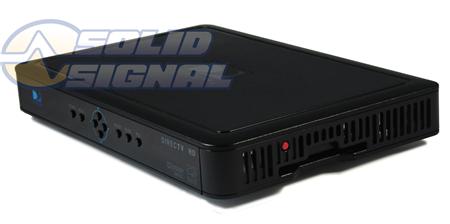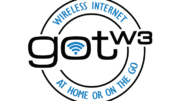Engineers love to make up acronyms. I’ve known that for many years. However, something occurred to me recently. Engineers also like to make up new acronyms when the old ones don’t make sense.
What is this thing?
Take the example of the photo above. You probably recognize it as a DIRECTV H25. While it’s not the groundbreaking receiver it was considered to be in 2011 at its launch, it’s a solid, reliable part of AT&T’s commercial strategy. It’s quiet, small, and takes up very little power. It has few parts and in the right environment it could probably keep working for 20 years. But what is it?
Is it an STB?
If this device had been around in the 1980s it might have been called an “STB.” That term stands for “set-top box” and it harks back to the days when TVs looked like this:

As you can see there’s a lot of space on the top of that TV, and there was a big revolutionary idea on how to use it. Manufacturers wanted to use it to add features to your TV! Features like recording, or tuning into cable programs. Hey folks, you have to know how revolutionary that was at at time. By adding a box to the top of a TV set, you could do almost anything. Of course the term “set-top box” was born from that.
Is it an IRD?
A new term started creeping into the heads of engineers in the 1990s. If this H25 had been around back then it would have been called an “IRD.” What made satellite TV possible was the combination of two devices that used to be the size of coffee tables.
The receiver
In the early days of satellite TV, it was all completely free. You put up a dish and you received what you received. No one charged you any money. That was great, but then again the dishes were gigantic and cost thousands of dollars.
In order to show satellite programs on your TV you needed a receiver. This was a big box full of electronics that took the satellite signal and translated it to something your TV could use.
The decoder
DIRECTV and DISH, as well as every other pay satellite service, provide encrypted signals. If they put everything up there for free, they couldn’t make money and they would have gone out of business years ago.
It’s integrated
The first DIRECTV boxes were referrred to as integrated receiver/decoders (IRDs) because they were able to do both these tasks. They still do, we’re just not as impressed anymore.
So what about SBBs?
Obviously no one has a television anymore that you can put anything on top of. So, receivers have evolved to fit on the back of the TV. We call these set-back boxes, or SBBs. That’s the origin of the term. You here it used mostly in hotels and other institutional environments where there needs to be a completely clean installation.
If you have any questions about getting satellite TV in a commercial setting, contact the folks at Signal Connect, the corporate arm of Solid Signal, at 888-233-7563.




